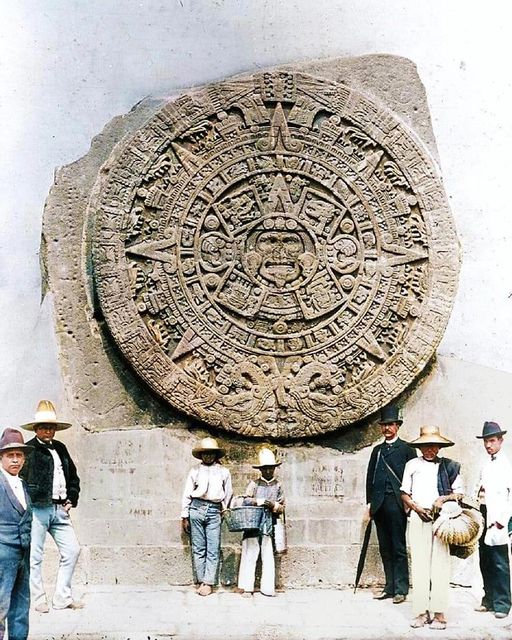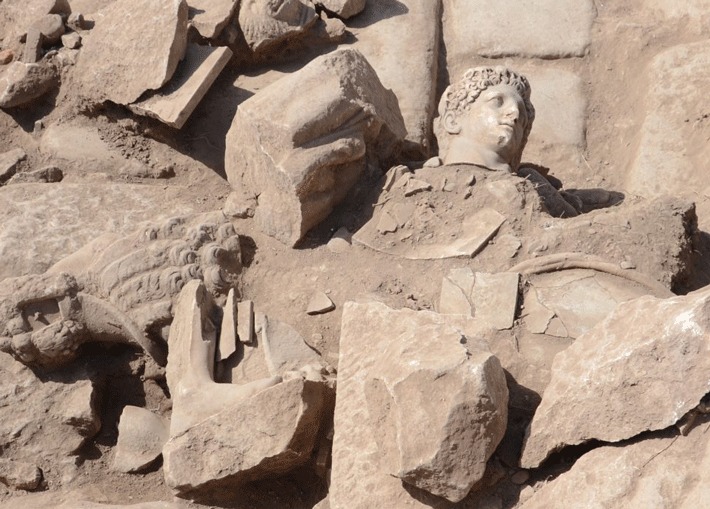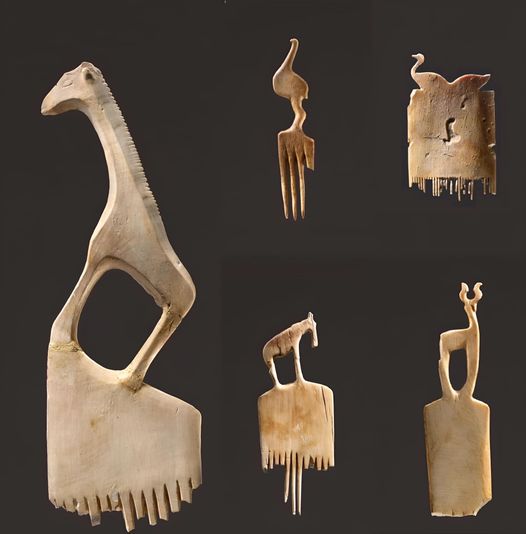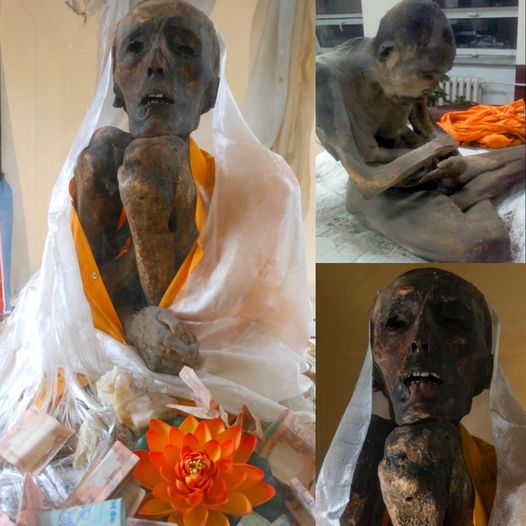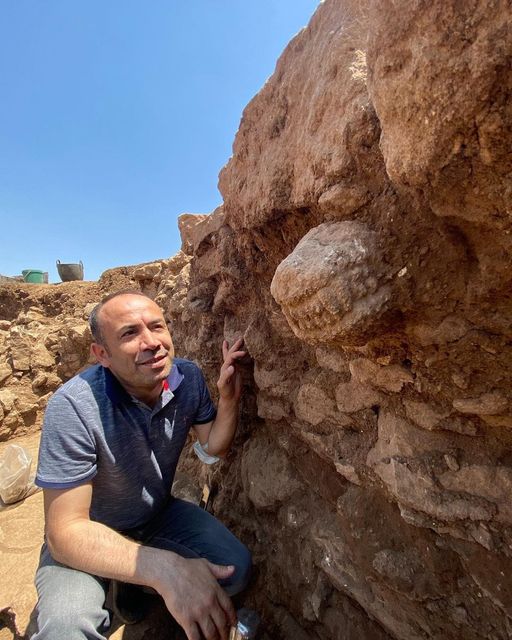Nestled within the ruins of the ancient Minoan palace of Phaistos on the island of Crete lies a mysterious artifact that has puzzled historians, archaeologists, and linguists for centuries—the Phaistos Disc. Dating back over 4,000 years, this disc is adorned with a series of 241 unique symbols, arranged in a spiral pattern. Despite numerous attempts, no one has successfully deciphered the meaning of these enigmatic symbols to this day. Join us as we delve into the intriguing story of the Phaistos Disc and explore the enduring mysteries of Minoan civilization.




A Unique Archaeological Discovery: The discovery of the Phaistos Disc in 1908 by Italian archaeologist Luigi Pernier ranks among the most significant finds of ancient Minoan artifacts. Made from fired clay and measuring about 16 centimeters in diameter, the disc stands out for its unusual design and intricate markings. The symbols on the disc, stamped into the clay using hieroglyphic-like seals, present a unique challenge to scholars seeking to unravel their meaning. Despite extensive study and analysis, the purpose and language of the Phaistos Disc remain shrouded in mystery.
The Unbroken Code: What sets the Phaistos Disc apart from other ancient scripts is its apparent uniqueness—the symbols have not been found elsewhere in Minoan or Mediterranean civilizations. This suggests that the disc may contain a specific message or code that is yet to be deciphered. Various theories have been proposed over the years, ranging from attempts to identify the symbols as a form of writing or script to more speculative interpretations involving religious or ritualistic significance. The enduring allure of the Phaistos Disc lies in its status as an unsolved puzzle, challenging the limits of our understanding of ancient languages and civilizations.
The Search for Meaning: Deciphering the Phaistos Disc has been a persistent goal of scholars and researchers in the field of archaeology and linguistics. Efforts to decode the symbols have involved comparative analysis with other known scripts, statistical modeling, and computer-based algorithms. Despite these efforts, progress has been elusive, with no consensus reached on the language, script, or intended message conveyed by the disc. The enduring mystery of the Phaistos Disc continues to inspire curiosity and speculation, highlighting the complexities of ancient communication and the challenges of interpreting archaeological artifacts.
The Legacy of Archaeological Exploration: The Phaistos Disc serves as a reminder of the enduring legacy of archaeological exploration and discovery. By uncovering artifacts like the disc, archaeologists illuminate the rich history and cultural heritage of ancient civilizations. The study of such enigmatic objects not only expands our knowledge of the past but also fosters interdisciplinary collaboration and intellectual inquiry. As we continue to investigate the mysteries of the Phaistos Disc and other ancient relics, we contribute to a deeper understanding of human creativity, innovation, and communication across millennia.
Conclusion: The Phaistos Disc stands as a testament to the ingenuity and sophistication of Minoan civilization, challenging us to unlock its secrets and decode its symbols. As we reflect on the enduring mystery of this ancient artifact, we are reminded of the boundless potential of archaeology to reveal hidden truths about our shared human history. The quest to decipher the Phaistos Disc is not merely an academic pursuit but a testament to our curiosity and determination to understand the mysteries of the past. Through continued exploration and collaboration, we hope to one day unravel the enigmatic message encoded within this remarkable relic, shedding light on the cultural legacy of the Minoans and the complexities of ancient communication. Archaeology holds the key to preserving and interpreting our archaeological heritage, ensuring that the stories of civilizations like the Minoans endure for generations to come.


